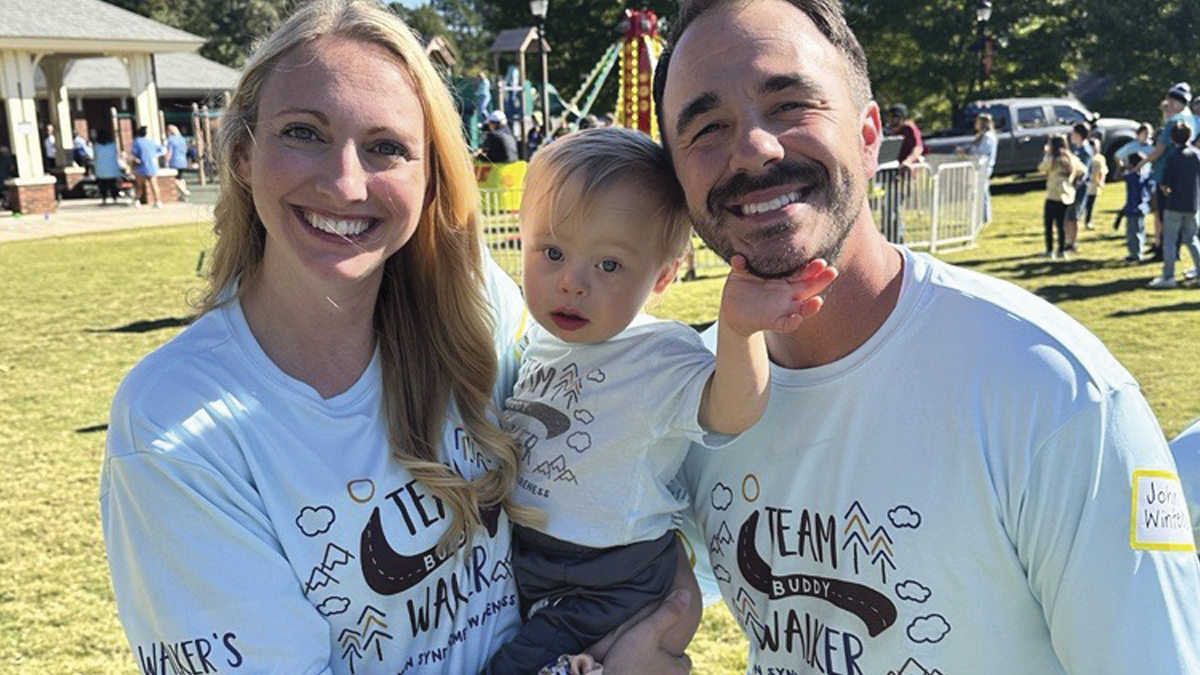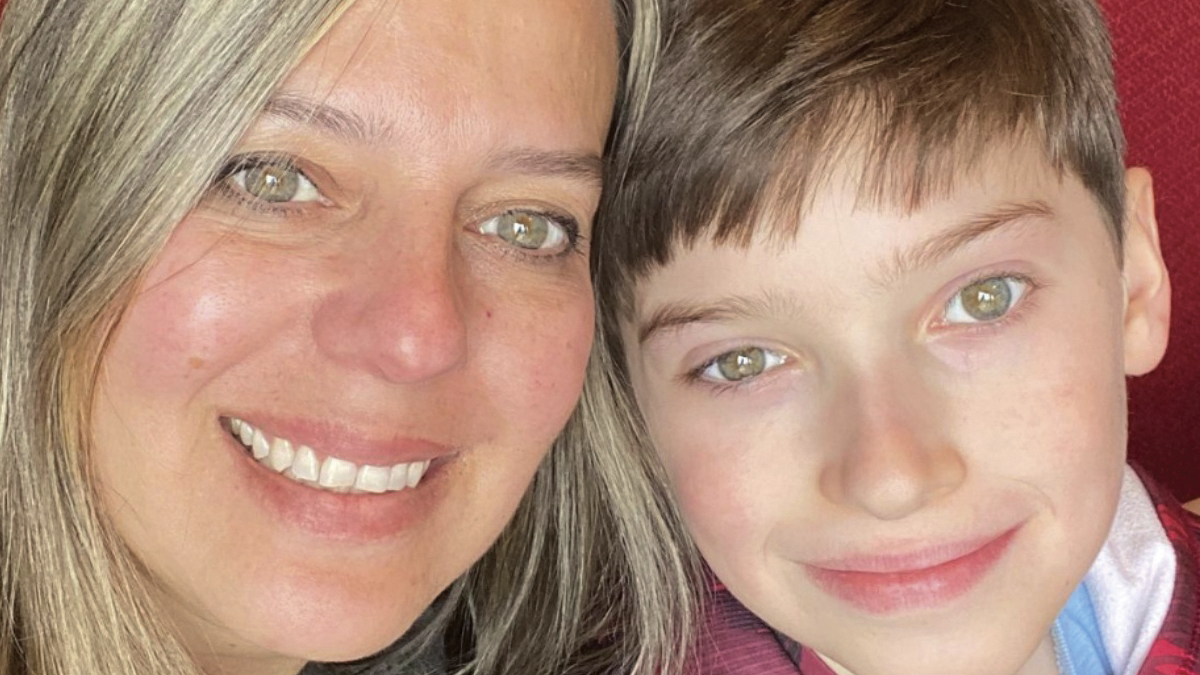For Tami Enright and Ted Dennard, co-founders of The Bee Cause Project, honey bees are the most admirable, awe-inspiring species on the planet.
“Bees live as people should live: naturally, symbiotically and in a manner that only contributes positively to the world around them,” Dennard explained.
“On its own, the average worker bee only produces about one twelfth of a teaspoon of honey in its lifetime. Yet an entire hive of bees can make anywhere from 20 to 60 pounds of honey each year. In this and so many other ways, the bees show us the power of collective impact,” Enright added.
Collective impact is at the heart of The Bee Cause Project.
Dennard, a lifelong beekeeper and the founder of Savannah Bee Company, and Enright, a fellow beekeeper and environmental educator, had both dedicated their lives to protecting pollinators: Dennard in Georgia and Enright in Charleston. After being introduced by a mutual friend, the two heeded the lessons of their beloved bees and joined forces to grow their impact.
Both Enright and Dennard recall “aha” moments in the lives that fuel their passion for bees.
Enright remembers learning about bees when she was 10, seeing the inside of a hive for the first time and knowing that her insatiable curiosity about bees and her love for them would never stop.
Later in life, even as a master gardener, Enright struggled to get her garden soil and water just right. A friend told her she needed a pollinator. She welcomed bees and their hive to the property and discovered firsthand how bees fostered not just garden growth but positive effects on the environment miles away.
She couldn’t wait to tell the world, starting with her family. Within what seemed like seconds, her children, and then the neighborhood children, couldn’t get enough of her bee lessons and the hands-on learning that hive life offers.
“I knew that I could be a change-maker – one child, one school at a time,” Enright explained. For Dennard, “aha” moments with bees never stop.
Every day he “notices their ripple effect on plants, which unfolds into tons of positive repercussions.”
“From food that feeds the animal kingdom and contributes to the genetic diversity of plants to the oxygen plants give off and their protective, collective strength against erosion, which affects coastlines and streams and fish – bees are everything,” Dennard explained.
“We inherited the bees’ world. If we could live our lives like they do, how great would that be,” he said.
The Bee Cause Project’s mission is to generate countless “aha” moments for others so there are generations of bee stewards who are passionate about protecting bees and creating friendly environments for them.
The concept of this nonprofit was born as an idea on a napkin in 2013. The pair set out on a goal to put 1,000 beehives in Georgia and South Carolina schools. Dennard’s Savannah Bee Company was the only funding source.
Soon after installing its first observation hive at Sullivan’s Island Elementary School, The Bee Cause Project became a nonprof it and was invited to be a 5% “give back” recipient at the Charleston Whole Foods Market.
That local support was pivotal, paving the way for national partnership with the Whole Kids Foundation. To date, alongside sponsors, beekeepers, educators and community members, this small, independent nonprofit that is run by a three-person team has provided funds to help 850 schools install and maintain their own indoor observation beehive and traditional outdoor hives.
“There are double-digit hives in all states and all Canadian provinces. There are hives in Haiti now and bee sanctuaries in the Bahamas,” Enright noted.
The Bee Cause Project, in partnership with The Woodlands Nature Reserve, also is creating an on-site bee sanctuary within the 6,000-acre privately protected property just outside of downtown Charleston.
“The sanctuary will offer visitors immersive outdoor experiences,” Dennard said. “It will also enhance wildlife by increasing biodiversity – a mission dear to The Reserve and to us.”
During the nonprofit’s last grant cycle, 108 schools were awarded funding, and 200 schools had to be put on hold.
The Bee Cause Project is not a “here’s your-money; good luck, goodbye” nonprofit. Beyond the hive funding, Bee Cause helps schools teach collaboration, inspire curiosity and foster science, technology, engineering and mathematics (STEAM) skills. Participating schools receive digital resources, including curriculums, virtual field trips with lessons, suggested Citizen Science projects, labs to foster the excitement and love of learning about the honeybee and other pollinators, book clubs and relevant webinars and recordings to help teachers deliver quality instruction.
“What we are doing is really powerful. As we see the educational gaps and the toll on mental health that COVID created, connecting with the environment, bees and hives is a solution,” said Montessori-trained educator and Bee Cause employee Emilee Elingburg.
Elingburg teams up with Enright and Dennard to create the 360 degree experience-based curriculum that anchors Bee Cause school programs. The curriculum can unfold in person or remotely.
“We just added mindfulness components to the curriculum at the request of educators who are looking for ways to help anxious students,” Enright said. “Some schools put in a quiet room so if children are having an emotionally hard day, they can go talk to the bees.”
“‘Go talk to the bees’ is a phrase lost on this generation, but my grandfather often said that or “let’s take it to the bees,” Dennard mused.
“We just did a visit to one school, and a student assured us that they were preparing for VIPs – very important pollinators,” Enright said. “It’s quite impressive how one small project brings people together.”
“When I see kids in the classroom teaching me things about bees that I didn’t know after 43 years dedicated to bees, it brings tears to my eyes,” Dennard added. “It means The Bee Cause Project is working.”
To learn more or to donate, visit thebeecause.org.
By Lisa Moody Breslin







